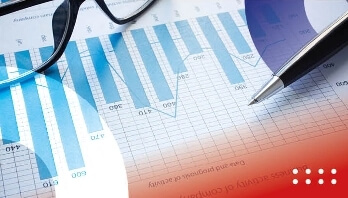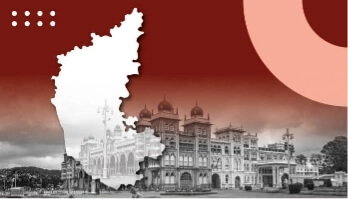Live Now
Agriculture
Ebook
Environment
Real Estate
Visual Story
Brandhub
Books
Business
Children
Cities
Data
Education
Elections
Entertainment
Food
Health
Life & Style
News
Opinion
Science
Society
Sport
Specials
States
States
Andhra Pradesh
Karnataka
Kerala
Tamil Nadu
Telangana
Andaman and Nicobar Islands
Arunachal Pradesh
Assam
Bihar
Chandigarh
Chhattisgarh
Daman, Diu, Dadra and Nagar Haveli
Goa
Gujarat
Haryana
Himachal Pradesh
Jammu and Kashmir
Jharkhand
Lakshadweep
Ladakh
Madhya Pradesh
Maharashtra
Manipur
Meghalaya
Mizoram
Nagaland
Odisha
Other States
Punjab
Rajasthan
Sikkim
Tripura
Uttar Pradesh
Uttarakhand
West Bengal
Technology








